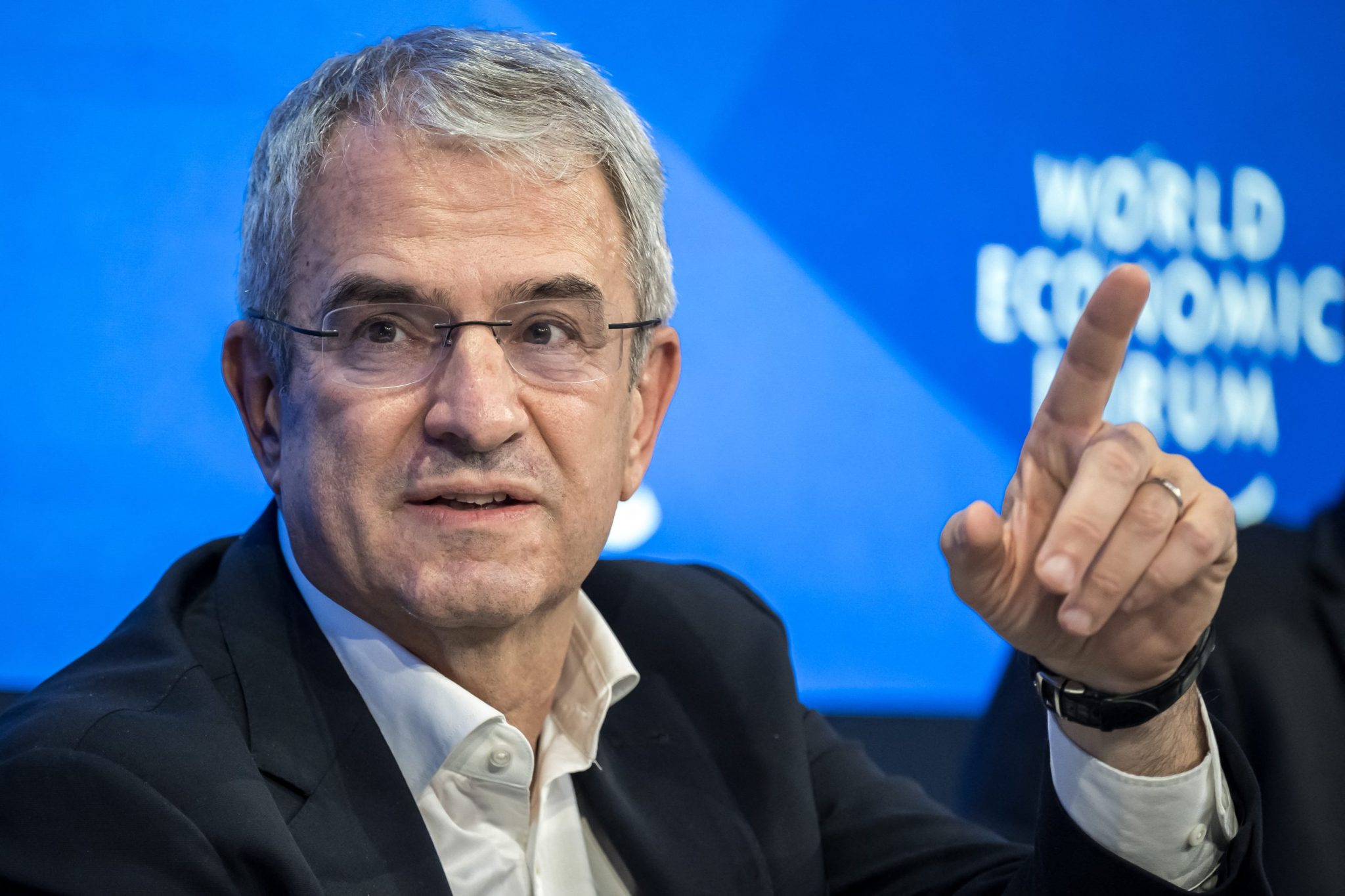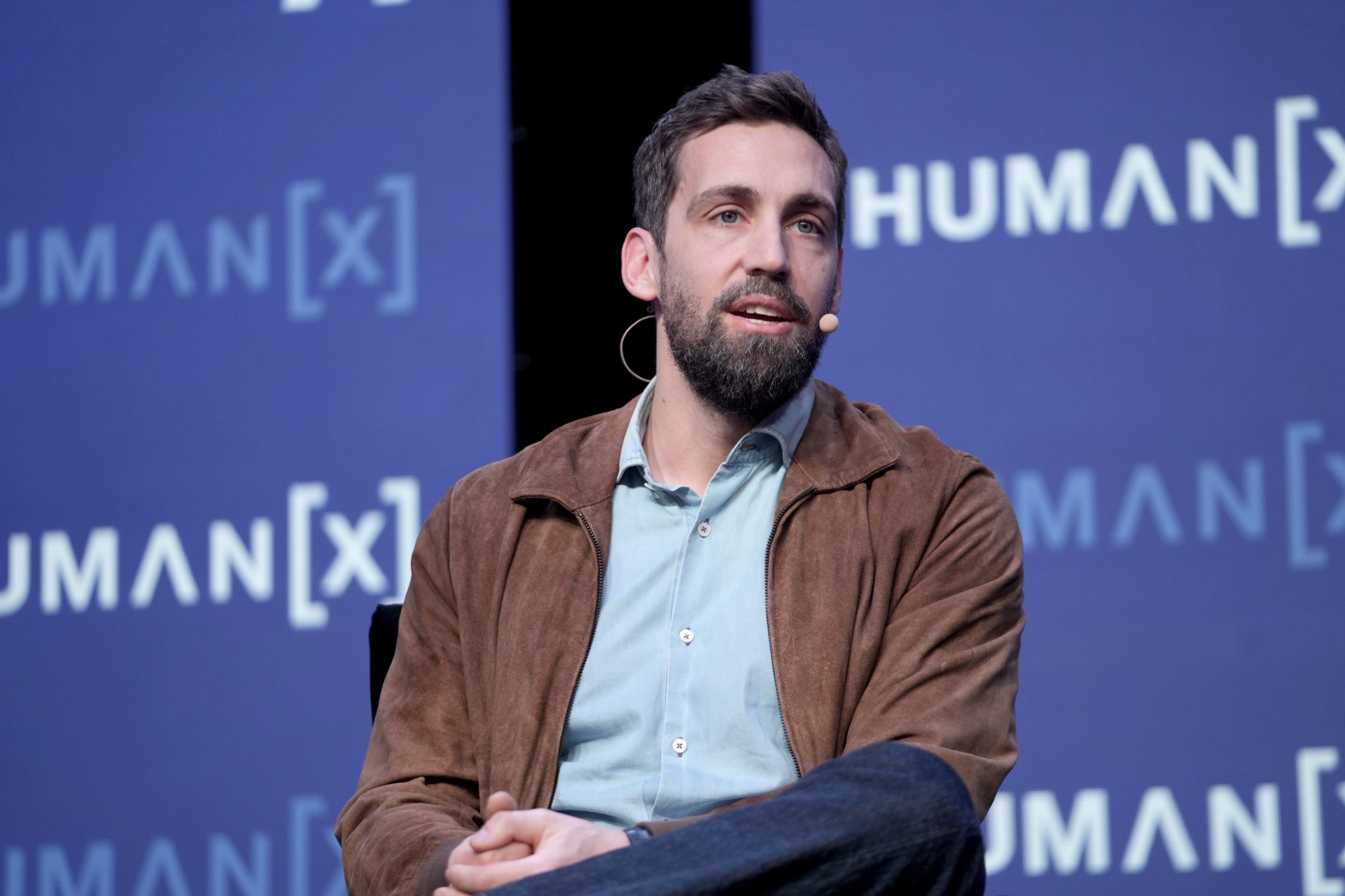- The average workweek in Germany last year was about 34 hours, according to Eurostat data, less than France and Greece as well as the average across the European Union, which was 36 hours. In addition, German labor productivity per hour has also been essentially flat since 2009.
A study by the Organization for Economic Co-operation and Development reports that Germans work the least among its member countries, clocking in at 1,335 hours per person per year in 2023, compared to 1,496 hours in the U.K. and 1,805 hours in the U.S.
In response, Chancellor Friedrich Merz said Germans need to work harder to make the economy more productive, as it hasn’t grown much in the past five years.
“We must, in this country, work more again and, above all, more efficiently,” he said in May. “It is not with the four-day work week and ‘work-life balance’ that we will be able to maintain our prosperity!”
The OECD research is supported by 2024 Eurostat data, which also found that Germans punch in at the lower end of the scale compared to their EU neighbors. Europeans working the most hours are in Greece, Poland, Romania, and Bulgaria, where the average workweek is around 39 hours. The Netherlands had the lowest average at just above 32 hours per week, followed by Austria at 33.9 hours and Germany at 33.9 hours.
Across Europe, the average number of hours worked by full-time employees in their main job was 36 hours in 2024, according to Eurostat. The U.K. and France track along that average, with both hitting about 36 hours.
German productivity
In addition to working fewer hours, each hour is less productive. German labor productivity per hour worked was 1.7% lower in the second quarter of this year compared to the first quarter of 2023, according to European Central Bank data. It’s also been essentially flat since 2009.
Many note that with falling productivity and 11% of the workforce set to retire in the next 10 years, there are real concerns about how Germany will fund people’s social security. Immigration could be a solution, as highlighted by The Guardian’s recent infographic on predicted population decline by the year 2100, but it has become an increasingly contentious issue in European countries. Without a solution, Germany cannot implement a planned €500 billion infrastructure improvement, and there is also the scheduled defense spending that many EU countries are committed to.
Some argue for the need to rescind a public holiday, as Denmark did in 2023; the current French Prime Minister, François Bayrou, is causing a stir by trying to remove two from the calendar year. Others favor using tax incentives to encourage people to enter the workforce. In Germany, there is currently a legal limit that prohibits employees from working more than eight hours per day.
Merz, for his part, would like to abolish this daily working limit while still maintaining the 40-hour workweek, allowing working days to become more flexible. Others want to encourage people of retirement age, 67 and above, to continue working and earn up to €2,000 per month, tax-exempt, thereby encouraging more people to stay working for longer.
Sick leave is increasing
Another issue across Europe, more generally, is that people are retiring earlier, citing burnout and general exhaustion, a trend affecting the entire working population. In fact, unions are focusing less on wage increases and more on gaining more time off from work.
Recent data from Microsoft’s Work Trend Index Special Report finds that many workers are suffering from an “infinite work day.” After analyzing “trillions” of data points across all its products, it appears that most workers are unable to disconnect completely, as they are involved in a meeting, email, or notification every two minutes, receiving 153 messages every working day, according to Morning Brew.
On top of that, workers are calling in sick more often. In 2023, statistics show that the average worker in Germany took sick leave for 15.1 days, the highest recorded figure to date. Its neighbor, France, is also suffering under the highest-ever levels of sick leave; Les Echos reports that for the first six months of 2024, the cost of French workers taking sick leave increased by 8.5% compared to 2023.
All of this suggests it might be an uphill battle to bring people back into the labor market. However, with an aging workforce and economic stagnation, the balance between work hours and productivity remains a critical issue; it has never been more important to determine the difference between who works the most, the best, or the most efficiently.
This story was originally featured on Fortune.com

 3 hours ago
1
3 hours ago
1






















 English (US) ·
English (US) ·